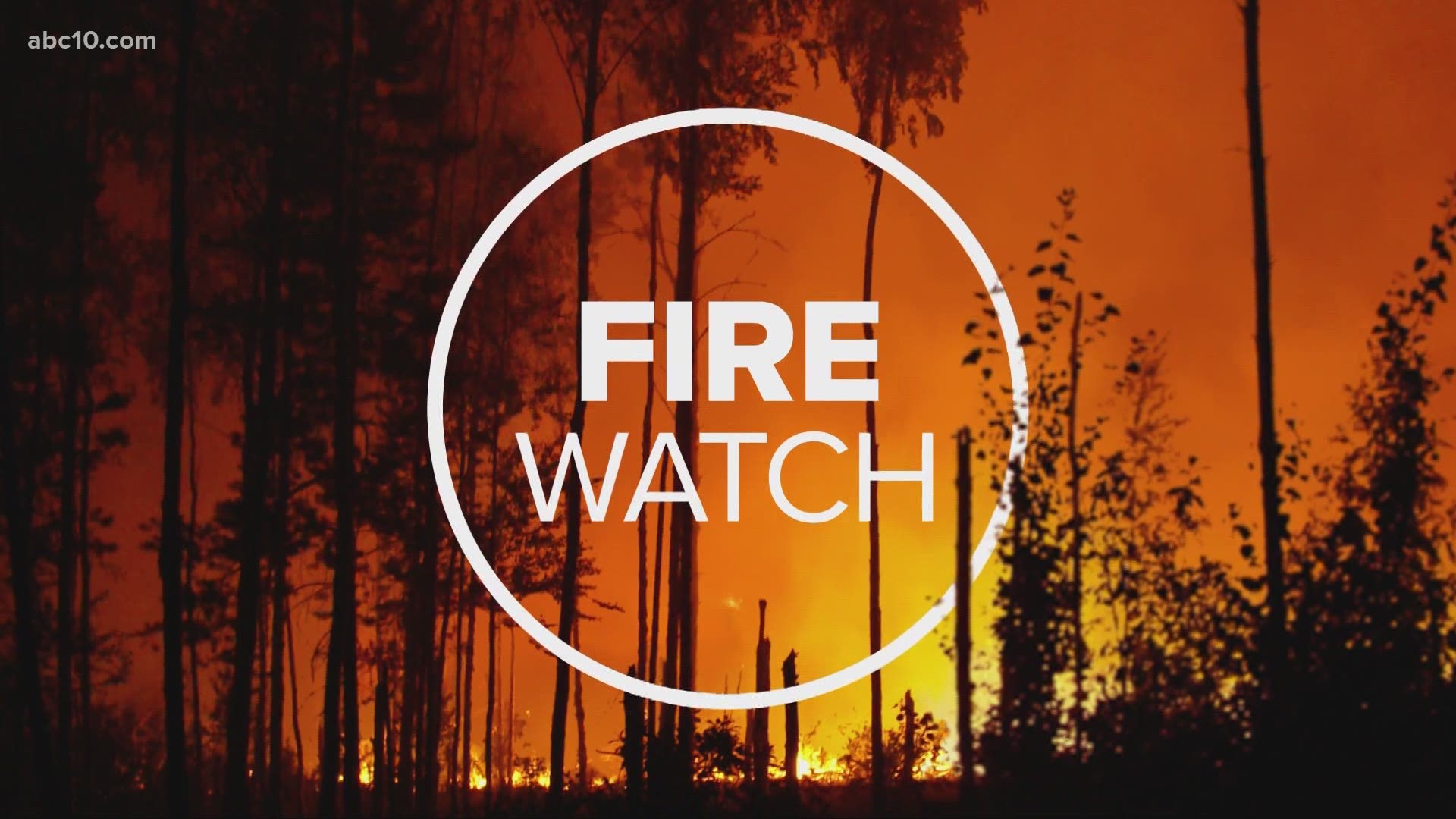SHASTA COUNTY, Calif — Hundreds of firefighters are working in high heat to beat back three large wildfires in the forests of far Northern California, one of those being the Salt Fire.
The extraordinary Pacific Northwest heat wave that reached down into California is slowly receding Thursday, but is only expected to cool off slightly before temperatures trend back up heading into the Fourth of July weekend.
The Salt Fire broke out Wednesday, June 30, and has reportedly burned several homes and other buildings around Shasta Lake, north of the city of Redding. The fire is currently 5% contained after burning 5,043 acres ear the Salt creek exit south of Lakehead, Calif.
"Weather conditions and terrain are making the suppression efforts challenging as fire personnel continue to construct containment lines," the latest incident report says.
Investigators on Thursday determined that the cause of the Salt Fire was a vehicle that was traveling north on I-5, just past the Gilman Road exit.
"Extremely hot materials separated from the vehicle and landed in dry vegetation that sparked the wildfire," according to a post by the U.S. Forest Service - Shasta-Trinity National Forest.
Accounts to follow:
WILDFIRE PREPS
According to Cal Fire, 2020 was one of the most severe fire seasons on record as 9,917 wildfires burned 4.2 million acres. Over 9,000 structures were destroyed, and 31 people (civilians and firefighters) were killed.
California also experienced its first "Gigafire" because of the August Complex Fire, burning over 1 million acres by itself. Four of California's top five largest wildfires in state history happened in 2020.
If you live in a wildfire-prone zone, Cal Fire suggests creating a defensible space around your home. Defensible space is an area around a building in which vegetation and other debris are completely cleared. At least 100 feet is recommended.
The Department of Homeland Security suggests assembling an emergency kit that has important documents, N95 respirator masks, supplies to grab with you if you’re forced to leave at a moment’s notice. The agency also suggests signing up for local warning system notifications and know your community’s evacuation plans best to prepare yourself and your family in cases of wildfires.
Some counties use Nixle alerts to update residents on severe weather, wildfires, and other news. To sign up, visit www.nixle.com or text your zip code to 888777 to start receiving alerts.
PG&E customers can also subscribe to alerts via text, email, or phone call. If you're a PG&E customer, visit the Profile & Alerts section of your account to register.
Watch more from ABC10

